Menu
You can manage your membership and billing method by clicking here
Terms of Service
Privacy Policy
Copyright © 2024 Office of Immigration Australia, a private company registered in Australia. All Rights Reserved.

Checking membership status...
 EXCLUSIVE MEMBERS ONLY ACCESS
EXCLUSIVE MEMBERS ONLY ACCESSTo access this month’s edition & Member’s only resources, enter your registered email address.

This bulletin is for members only and provides our subscribers with month to month updates on Australian immigration policy changes and consequential opportunities. Opportunities are found via federal and state government policy shifts for the demand and supply for certain occupations.
This bulletin will keep you up to date so that you do not have to employ expensive immigration lawyers to provide you with monthly research.
During April 2021, there still has not been any official decision by the Australian federal government about when the borders of the country will open. Some government ministers have discussed this happening in mid-2021. The decision about when Australia’s borders will be opened will be made when the government believes it is appropriate for the Covid-19 circumstances of the country.
While there has been no final decision about when Australia’s borders will be opened, we can all start planning for it. Let’s take a look at what is planned for April 2021 in Australian Immigration.
Welcome to April 2021! As we enter the fourth month of the new year, join us for a look at the latest news and developments in the world of Australian Immigration…Read more
After a much-delayed release of invitation allocations, almost all of Australia’s State and Territory Migration programs have restarted. Here we look at the latest news… Read more
Plenty of economic reports come across my desk on a daily basis. Some stand out more than others. This one, from SEEK, caught my eye… Read more
As legislation and travel requirements are constantly changing, we strongly recommend obtaining advice on your individual situation from a Registered Migration Agent.
Please click here to book a consultation with one of our Registered Australian Migration Agents, located in Australia.

Welcome to April 2021! As we enter the fourth month of the new year, join us for a look at the latest news and developments in the world of Australian Immigration.
 Before the pandemic, Australia’s population was growing at around 1.5 per cent to 1.6 per cent a year.
Before the pandemic, Australia’s population was growing at around 1.5 per cent to 1.6 per cent a year.
While the lull in the rate of population growth associated with closed international borders is something that most Australians have experienced, the signs are that the federal government intends to return to population growth turbocharged by immigration as soon as possible.
Before we explain why it’s likely to be all systems go in returning to the high rates of immigration that were the norm pre-COVID, it’s worth just running through the numbers Before the pandemic, Australia’s population was growing at around 1.5 per cent to 1.6 per cent a year. This put us at the top of all other developed countries.
This had been the situation for the past 15-odd years, with some fluctuations for the global financial crisis and the mining boom that occurred after. It was in marked contrast with the situation before that when net overseas migration rarely exceeded 100,000 a year. During these years of high immigration, employers were happy to have a ready source of labour, skilled and unskilled; universities were happy to have unconstrained growth in international student numbers, and the property industry was happy with the strong demand for accommodation. “Migration will be a key component of Australia’s economic and health recovery from COVID-19. The government will maximise the economic benefits of the migration program by addressing skill shortages, attracting highly skilled migrants in niche industries, increasing investment to support economic recovery, and supporting regional migration.” “Migration is important in ameliorating some of the economic impacts of our ageing population, as migrants tend to arrive at a younger age than the average Australian. This means they are generally in a position to contribute to our workforce and have a higher participation rate than the rest of the population. Because migrants tend to arrive in Australia at a relatively young age, they are also more likely to be in a position to have children. This means their arrival not only contributes to immediate population growth but also future population growth through their children. “If there were no future migration … we would miss out on the demographic and economic benefits migrants bring by increasing the proportion of people working and paying income tax, and decreasing the proportion of people drawing on government services.” The Treasury’s recent population statement is worth looking at is that it points to the assumptions being made about future levels of net overseas migration. After just a few years, Treasury is expecting net overseas migration to return to its pre-pandemic levels, averaging about 240,000 a year. It also recommends that the government reserve places on flights and in quarantine for skilled migrants and that all employer-sponsored visa holders be given a clearer path to permanent residency. Joint standing committee chairman Julian Leeser said that “we need to bring back skilled migration, to fill essential gaps and to help create more jobs for Australians”. At this stage, it’s clear that the government is planning to resume high rates of immigration as soon as possible. There is an inquiry into Australia’s skilled migration program. Currently, there are 12 recommendations, and some of them include: Streamlining the labour market testing– among them include: A push to include these occupations to the Priority Migration Skilled Occupation List: In the effort of containing the Covid19 pandemic, the Australian Government has placed restrictions on travelling to Australia since March 2020. This has severely affected thousands of international students who are stuck outside Australia. This raises a great concern among students, as to whether they can meet the Australian Study Requirement if they study online offshore. The factor that attracts many students to come and study in Australia is the pathway to apply for Temporary Graduate Visa (subclass 485) after completing their courses. This visa allows students to live in Australia for a period up to 4 years (or 5 years for Hongkong citizens) to work and earn more experience onshore. Students usually use this period of time to increase their points (for General Skilled Migration) and ultimately achieve their PR’s goals. One of the requirements of the Temporary Graduate Visa (subclass 485) is that the applicants meet the Australian Study Requirement, as below: The travel restrictions during Covid19 had caused the requirement (4) above impossible to meet by international students. Although the Department of Home Affairs is still granting student visas for offshore students, they are not allowed, and not subject to travel exemption, to travel to Australia until the border is open. Universities and educational institutes have adapted to the situation by switching to online study to accommodate students who are restrained offshore. Under the temporary amendment to this requirement, students who were studying offshore on an Australian visa authorising the applicant to study and not permitted to travel to Australia during the COVID-19 pandemic will be allowed an unlimited amount of offshore online study to count towards the Australian study requirement. This flexibility will remain in place as long as COVID-19 impacts remain. Noticeably, the offshore online study is only counted if students are holding a valid Australian visa allowing students to study (such as student visas). It means that if students study online while they are not having any visas, that period of time will not be counted. This amendment will remain in effect until the pandemic is controlled and the travel ban is uplifted. Students, therefore, should arrange their arrival to Australia immediately when possible to meet this important requirement.
Net overseas migration was contributing about two-thirds of this growth in population, at 200,000 to 250,000 a year.
Possible Changes To The Australian Migration Program- Employer Sponsored, GTI, Skilled And Business Visas

Joint Standing Committee on Migration
COVID-19 and Online Study Outside Australia For Student Visa Holders
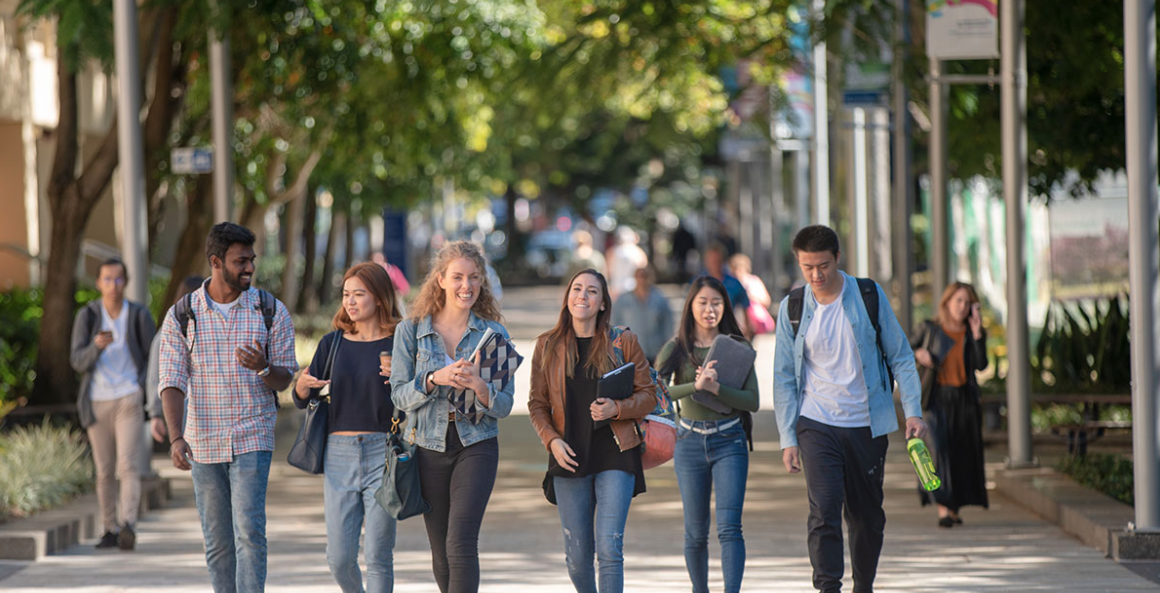 Read more
Read more
 Sydney Opera House, Sydney, NSW, Australia
Sydney Opera House, Sydney, NSW, Australia
After a much-delayed release of invitation allocations, almost all of Australia’s State and Territory Migration programs have restarted. Here we look at the latest news:

MEDICAL PRACTITIONERS: Medical Practitioners looking into opportunities, regions such as Northern Rivers, The Orana, Northern inland, Far West and Far South Coast are showing as having available needs.
NURSES: Nurses looking into opportunities, the majority of NSW regional areas are showing as having available needs.
ENGINEERS: Mechanical Engineers & Electrical Engineers looking into opportunities, the majority of the NSW regional areas are showing as having available needs. For Civil Engineers, The Orana, The Hawkesbury & Blue Mountains in Sydney, Northern inland, and Far South Coast are showing as having available needs.
ACCOUNTANTS: The Orana RDA now sponsors accountants. Many regions have dramatically increased the occupations available but most now only accept applicants from stream 1 and stream 2 pathways. Please check the ‘Designated Regional Areas (RDA)’ webpage for the individual requirements, which can be found at The Department of Home Affairs. Click here for the list.
Regional Development Australia (RDA) offices will begin assisting NSW Treasury manage the subclass 491 visa in 2021. Each RDA office will accept and assess applications, and determine eligible occupations for their respective regions; however, nomination criteria is consistent across all regions. These criteria are outlined below. Information about how to apply will be made available on RDA websites as soon as possible. Links to participating region websites can be found below. RDA offices will focus on nominating applicants who are undertaking skilled work in critical sectors. These applicants are a priority for Government in supporting economic recovery following the impacts of COVID-19. You must meet all criteria in one of the following three streams to be eligible for NSW nomination: Applicants who do not meet the criteria in one of these three streams may be refused unless otherwise agreed with NSW Treasury. ‘Closely related occupations’ are defined as those having the same ANZSCO unit group, i.e. sharing the same first four digits. ‘Designated regional areas’ are determined by Home Affairs. Please see their website for a list of regional NSW postcodes. To be eligible for NSW nomination under this stream you must: To be eligible for NSW nomination under this stream you must: To be eligible for NSW nomination under this stream you must meet all the criteria for at least one of the following categories: To be eligible for NSW nomination under this category you must: If you reside outside of Australia, you must: To be eligible for NSW nomination under this category you must: NSW nomination for the Skilled Work Regional (Provisional) visa (subclass 491) is just one of a number of visa options for prospective skilled migrants. There is a range of visas offered by Home Affairs, including both temporary and permanent employer nominated visas. We wish to advise that all state nominations for the 132 Business Talent Visa must be completed by 26th April 2021. Given this date is a public holiday in South Australia, Friday 23rd April will be the final day for Skilled & Business Migration to submit state nominations in SkillSelect. Accordingly, in order to meet State and Federal processing timeframes, all 132SBH applications must be submitted to Skilled & Business Migration by close of business, Friday 16th April and Intention to Apply (ITA’s) submissions lodged by close of business, Monday 29th March. Any 132SBH Intention to Apply (ITA’s) submitted after 29/3 are unable to be considered for application invitation. Any 132SBH applications submitted after 16/4 cannot be guaranteed to meet nomination approval timeframes. Intention to Apply (ITA’s) for 188 Visas (apart from the 188 Premium Investor Stream) can continue to be submitted until Friday 21st May for consideration in the final round of application invitations for the 2020/21 program year. Previously submitted 188 Visa ITA’s will continue to be assessed, however, a new Intention to Apply is able to be submitted if your situation or business intentions have changed. The 188 Business Innovation and Investment (Provisional) visa is for you if you plan to establish, develop and manage an Australian business. Applicants must be nominated by a state or territory. Once you meet certain requirements, the 888 Permanent visa becomes available. You must have held a designated investment of AUD1.5 million for 4 years. However, if you are a significant investor, you can invest a minimum of $5M in Australia. Applicants can be nominated by a State or Austrade (The Australian Trade and Investment Commission). As a premium investor, you can invest a minimum of $15M in Australia. There is also an Entrepreneur stream to the 888 visa which lets holders and, in some cases, people who have held a Business Innovation and Investment (Provisional) visa (subclass 188) in the Entrepreneur stream, stay permanently.
2020-21 Financial Year Update – NSW
Nomination criteria
Alternative migration options for NSW
Business Innovation and Investment Program Processing Update – South Australia
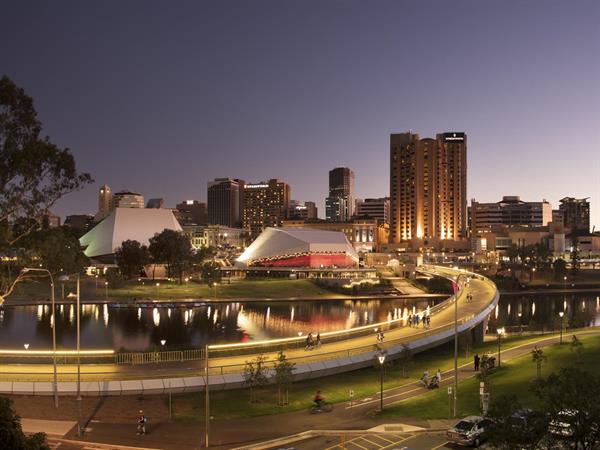
Business and Investment Pathway
 Read more
Read more

As part of the Australian Government’s commitment to ensuring Australia’s COVID recovery, Immigration introduced a Priority Migration Skilled Occupation List (PMSOL) targeting occupations in the health care, construction, and IT sectors.
Employer-sponsored applicants in the PMSOL occupations will be given priority processing for both nomination and visa applications in the following visa types:
Applicants and existing employer-sponsored visa holders on the PMSOL can also request a travel exemption to enter Australia during the current border closures. However, the mandatory 14-day quarantine period still applies and will still be at the traveller or sponsor’s expense.
The Priority Migration Skilled Occupation List
The 18 occupations (ANZSCO code) are:
General Skilled visa applicants in the above applications also appear to be receiving preference under the Independent and State/Territory Nominated visa programs. These visas are point-tested, and the minimum point to apply is 65 points. Points will be given to you based on the following: For Subclass 190 and Subclass 491, there are state/territory nominations. Depending on the states/territory, the criteria may differ. These criteria change all the time, thus is it important always to check the latest rules. Immigration is now conducting SkillSelect invitation rounds on a quarterly basis (i.e. every 3 months) until the end of the 2020-2021 financial year. A round was due to be conducted in January, but results have not been made available as yet. From 22 January 2021, all travellers to Australia are required to undertake a COVID-19 test within 72 hours prior to departure. Only tests specified by the Australian Department of Health will be accepted, and negative test results must be presented to the flight crew before boarding. General Skilled Migration
If you have the relevant skills and experience, you may consider applying for Skilled Migration visas such as Subclass 189, Subclass 190 or Subclass 491. SkillSelect Invitation Rounds
COVID Testing for Travel
Read more
The economy relies heavily on skilled migrants….
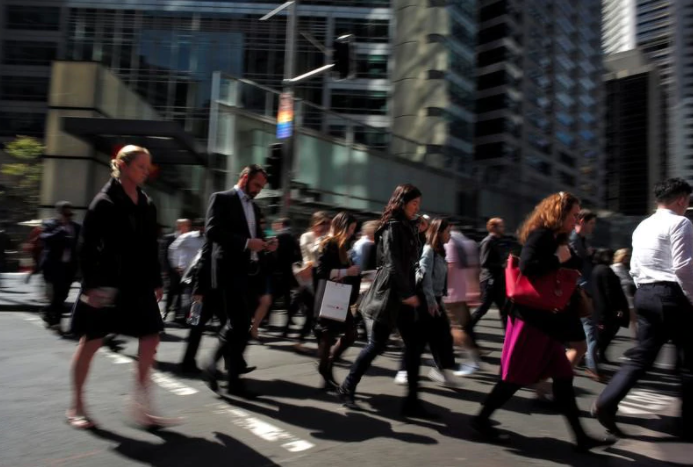
Plenty of economic reports come across my desk on a daily basis. Some stand out more than others.
This one, from SEEK, caught my eye.
It begins like this:
“Overview of March 2021: Highest number of job ads posted in a month in SEEK’s 23+ year history. Applications per ad at lowest level since 2012.”
It’s the combination of the lines above that grabs you. Bosses are shouting from the rooftops for quality candidates, and only hearing a few whispers back.
It’s also incongruous to what we know — that millions of Australians want a job, or more hours than they’ currently have rostered.
So, what’s the problem?
Let’s make sense of this. Later in the SEEK media release, the online job advertisements business provides possible reasons as to why employers’ recruitment needs are not being met. “There are likely many reasons contributing to this decline, [including] a reduced labour supply impacting the ability to fill roles,” SEEK managing director Kendra Banks notes. Independent economist Angela Jackson explains this “reduced supply” directly relates to a shortage of skilled migrants due to closed international borders. “We’ve relied on that skilled migration for 20-plus years to fill that gap in the labour market.” “So, what we’re seeing I think is that businesses are growing, they want more people on board, but perhaps there aren’t the people out there with the skills that they need,” Dr Jackson says. It’s extraordinary, isn’t it? Despite the education and training facilities we have in Australia, the pandemic has exposed how reliant employers, and the economy, are on the global talent pool. Dr Jackson says the shortfall is damaging to both the labour market itself and the economy. “This is going to cause increasing problems I think for the labour market and the economy over the next 12 months if borders remain closed.” “It’s been a really important source of skills for employers that simply isn’t there.” Let’s flesh this out a little more. The government points to some very encouraging economic indicators as evidence the economy is on a solid footing. They include measures of unemployment, improved business conditions, and higher levels of consumer confidence. And the Coalition is correct in saying an economic recovery of sorts is underway. The unemployment rate has fallen materially from its peak amid the coronavirus recession. Yesterday, the Westpac-Melbourne Institute Index of Consumer Sentiment increased by 6.2 per cent to 118.8 in April, from 111.8 in March. The bank says the measure of the size of the spring in shoppers’ steps is now at its highest level since August 2010, when Australia’s post-GFC rebound and mining boom were in full swing. And business bosses are reportedly laughing all the way to the bank too. Earlier this week the National Australia Bank’s monthly business survey suggested bosses across the country are, well, happy — with business conditions last month reaching a “record high” in the survey’s 20-plus year history. There’s just one glaring problem. There is little to no evidence businesses are throwing caution to the wind, or showing their “animal spirits” (as Reserve Bank Governor Philip Lowe has repeatedly called for), and investing big time in “plant and equipment” (a line item on a business’s balance sheet that points to money spent on actually physically growing a business). The NAB’s March monthly business survey points to this. “If you look at business credit, for example, you don’t see any sign of an increase,” NAB Chief Economist Alan Oster says. And we know that while it’s encouraging that shoppers are spending at the stores again, it’s vital for sustainable economic growth that businesses take the spending baton from the government, and at this point that simply isn’t happening to any significant degree. A missing link, says Angela Jackson, is the serious shortfall in skilled workers. The narrative is straight forward. Businesses are looking at a low-interest-rate environment, government incentives, and the rollout of the vaccine (however slow), and say, “yes, now is the time to grow”. The problem bosses are finding is they’re not getting many bites when they put the job advert together for the help they need. The risk is they shelve the plans and tell the bank to cancel the loan application. Dr Jackson expects this problem to remain for the foreseeable future. From 19 April 2021, people who have been in either Australia or New Zealand for 14 days or more can travel quarantine-free to New Zealand. This includes people who have spent all 14 days in Australia or people who have travelled from New Zealand to Australia and are returning within 14 days. To travel quarantine-free you must meet the New Zealand Government’s health pre-conditions and all other normal entry requirements, like customs, immigration and biosecurity, apply. Be aware that quarantine-free travel could be paused or suspended at any time, so stay up to date. Australian citizens and permanent residents who have been in Australia for 14 days before departure can travel to New Zealand without applying for an outwards travel exemption. Note: This only applies when New Zealand is the destination of travel. If you are transiting through New Zealand to another destination, you must apply for an outward travel exemption. Green and red zones have been created at airports in Australia to ensure the separation of passengers arriving on ‘quarantine-free’ flights, from other passengers who are required to enter 14 days mandatory quarantine. If you travel on a quarantine-free flight, you will be guided through the green zone to complete all border clearance processes in the airport of arrival in Australia. For further information for travellers arriving in the green travel zone see the Department of Health website. Lack of skilled migrants
An economic strength turns into a weakness
Stunted growth
Help wanted
Australia – Travel Exemption for Arrivals from New Zealand is Back in Effect
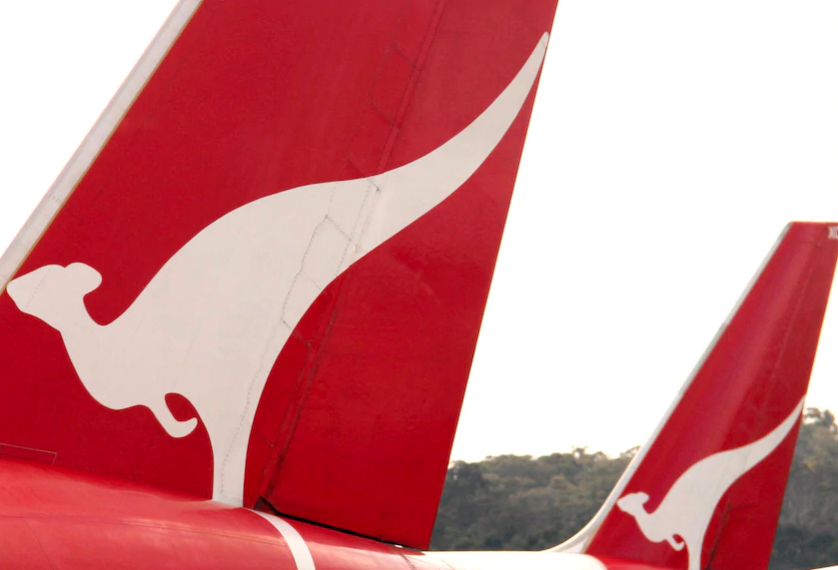
Arrival in Australia
Read more
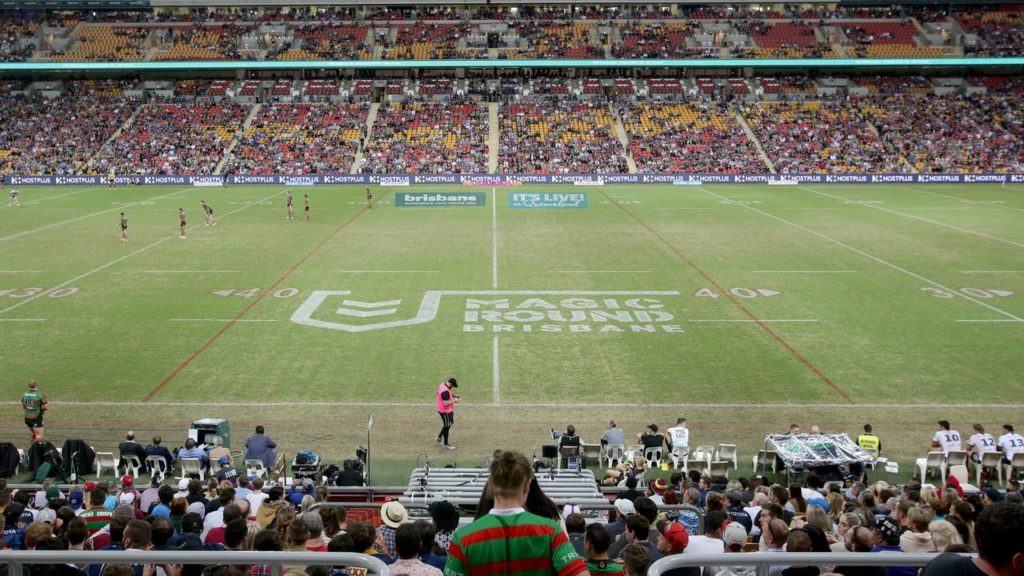
NRL Magic Round 2021 will be held at Suncorp Stadium from May 14-16.

CRICKET SHEFFIELD SHIELD FINAL

Kayaking on the Brisbane River, run by River Life.
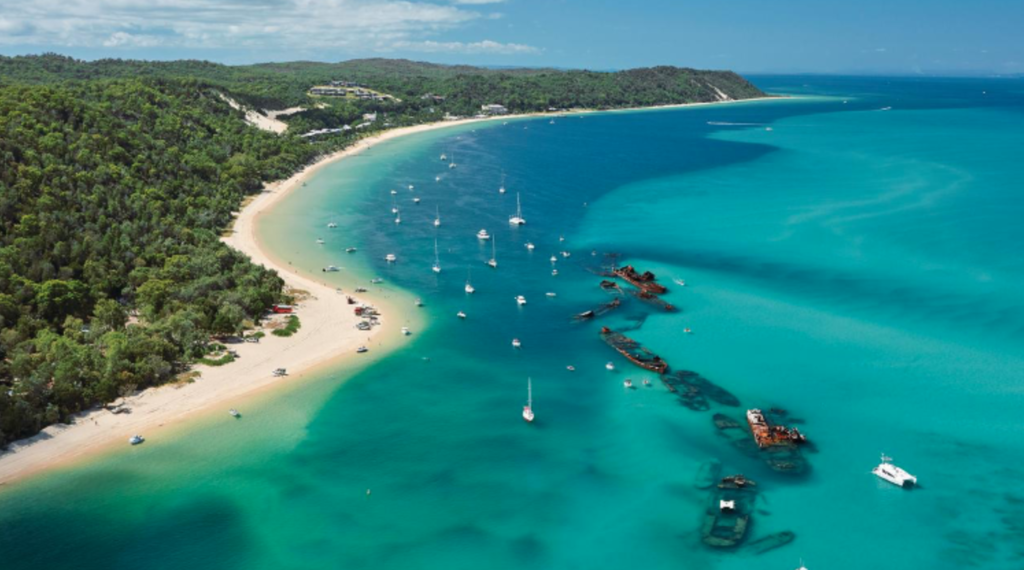
Tangalooma Wrecks off Moreton Island.
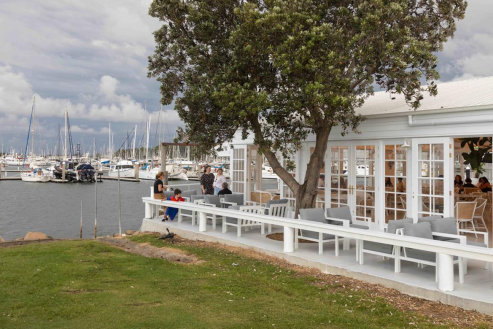
Manly Boathouse. Picture: Mark Cranitch
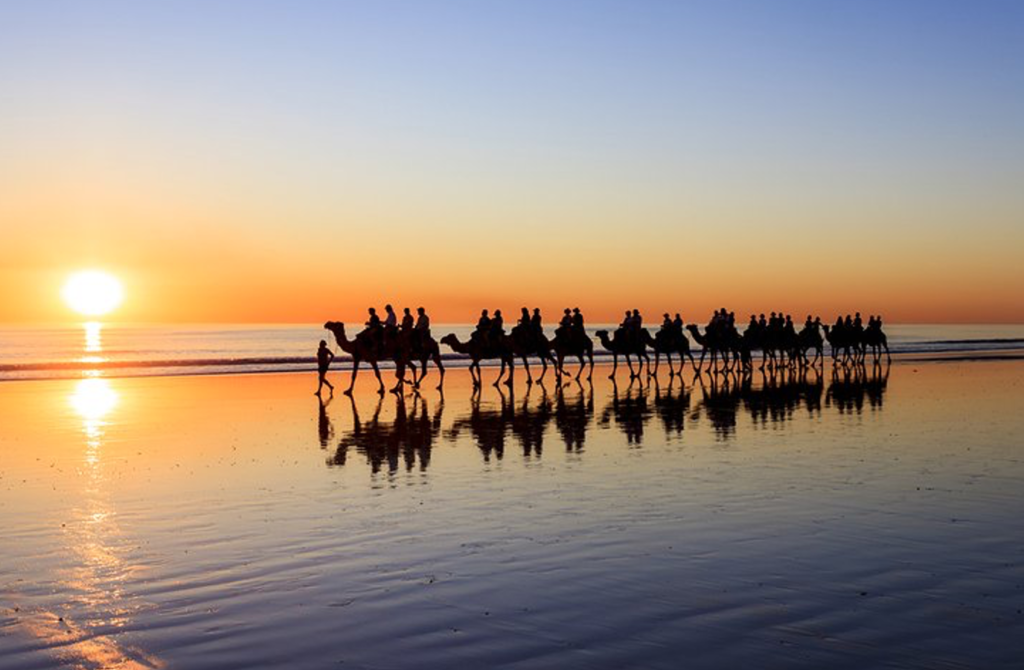
Cable Beach, Western Australia
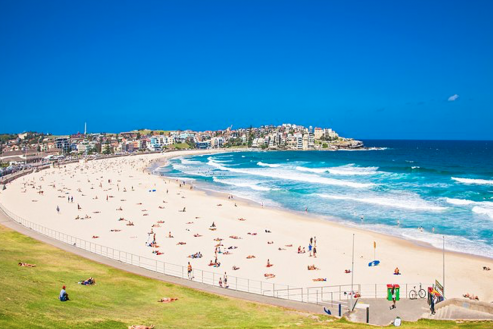
Bondi Beach, Sydney

Kangaroo at Lucky Bay, Cape Le Grand National Park, Esperance, Western Australia
As legislation and travel requirements are constantly changing, we strongly recommend obtaining advice on your individual situation from a Registered Migration Agent. Please click here to book a consultation with one of our Registered Australian Migration Agents, located in Australia.
To Unsubscribe from this £3.95/month subscription, please select the ‘unsubscribe’ button located at the bottom of the bulletin



You can manage your membership and billing method by clicking here
Terms of Service
Privacy Policy
Copyright © 2024 Office of Immigration Australia, a private company registered in Australia. All Rights Reserved.